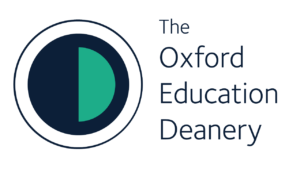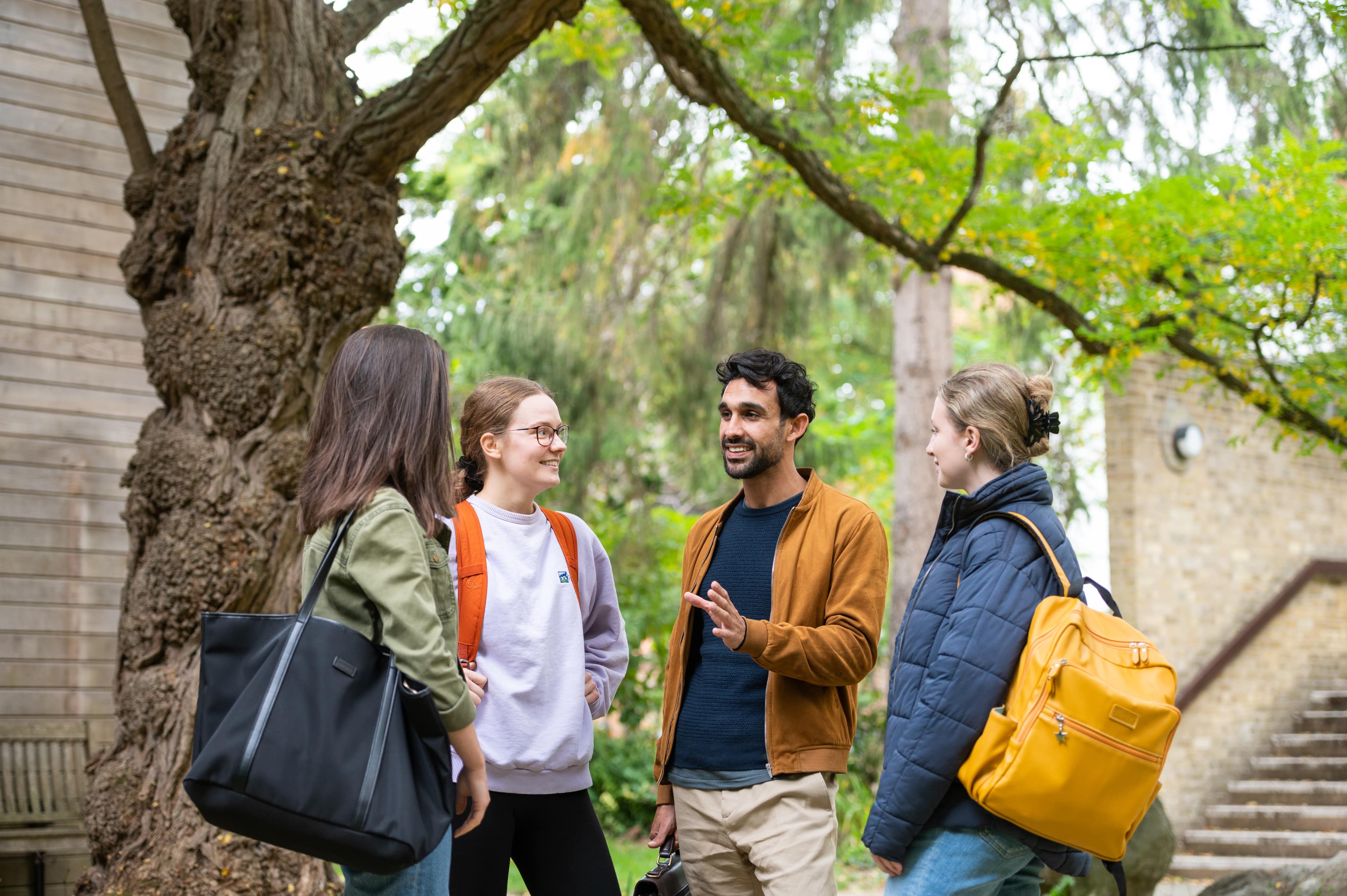The Project
This Deanery Digest is based on the following study: Kazmierska-Kowalewska, K., A. Okely, I. Siraj, C. Archer, S. Veldman, and R. Jones. 2025. Potential Efficacy of the MOVERS Professional Development Programme: A Pilot Randomised Controlled Trial. Child: Care, Health and Development 51, no. 5: e70146. https://doi.org/10.1111/cch.70146
What is this research about and why is it important?
There’s a strong link between movement and brain health. Through the MOVERS scale (Archer & Siraj, 2024) research, we’ve uncovered strong links between movement in early years and children’s cognitive, emotional and social development. This digest summarises a professional development (PD) programme on improving the quality of the Early Childhood Education (ECE) movement environment and children’s physical activity, motor, literacy and numeracy skills. It also presents related recommendations on how early years staff can set up quality movement environments to positively influence children’s growth.
What did we do?
A MOVERS professional development (PD) programme was designed to explore the impact of the movement environment and pedagogy on children’s development. The programme explored how different spaces and activities could improve children’s gross and fine motor coordination, including academic outcomes like literacy and numeracy. The PD for early childhood practitioners comprised five monthly face-to-face sessions, including theory, practice and reflective thinking components. We then conducted a 6-month randomised control trial (RCT) of the PD programme, which means that participating early years settings were randomly divided into two groups: one received the programme immediately and the other was put into a ‘waiting list’ control group that received the programme after the trial. The trial involved five early childhood education services and 157 children.
What did we find?
The findings are striking. When children move, whether that’s running, jumping, or climbing, they develop more than physical strength. These activities also enhance cognitive skills, such as problem-solving, focus, and language acquisition. The key is to arrange environments to actively promote movement throughout the day.
In the study, children who were given more movement opportunities showed improved motor skills, such as running, hopping, and jumping. But their cognitive skills, such as literacy and numeracy, also showed significant progress. Children who engaged in active play exhibited better focus and became more engaged in quieter, more academic tasks. As a result, physical activity became a catalyst for enhancing cognitive abilities. Movement helps children’s brains develop as much as their bodies.
What does it all mean anyway?
Creating environments that encourage both physical and cognitive development doesn’t require drastic changes to existing setups. It’s about being intentional in how staff design the space to support movement at every opportunity throughout the day. Here are the key principles from the MOVERS research that can be easily applied:
1. Design flexible play spaces that allow for easy rearrangement. More space for movement creates more opportunities for children to engage in physical play.
Take, for example, one setting that reorganised their layout to open up space for movement. This simple change allowed children to transition smoothly between physical play and quieter tasks. With more freedom to move, children were able to release energy through active play and then return to quieter activities with a sharper focus. A centre doesn’t need a large room to achieve this. Small changes to the furniture layout or the introduction of modular pieces can make a significant difference. Versatile play structures can be rearranged to offer a variety of physical activities while still maintaining order in the space.
2. Integrate physical activity throughout the day. Introduce movement breaks to help children stay focused and energized for the tasks ahead.
For example, in one setting, educators began introducing movement breaks every 15 minutes. After a brief physical activity, such as dancing, jumping, or stretching, the children returned to their tasks with renewed energy and greater focus. These breaks helped children manage their energy levels and improved their concentration during quieter activities, like listening to stories or solving puzzles.
3. Use movement-based learning. Whether it’s jumping while practicing math or balancing while spelling, movement-based tasks can reinforce learning concepts and make them more engaging for children, giving them a well-rounded embodied educational experience.
4. Encourage social interaction through group physical play. Create environments where children can practice cooperation, sharing, and problem-solving through physical activity.
In one setting, the introduction of group physical activities, such as cooperative games or team-based play, allowed children to interact more and develop their problem-solving skills. These activities helped the children learn how to communicate effectively and work together, which improved their social interactions. As they navigated these social situations, their empathy and emotional regulation also grew.
By embracing these principles, staff can create an environment that nurtures the whole child, supporting their physical, cognitive, and social-emotional development in meaningful ways.
If you’re interested in diving deeper into the findings of the MOVERS research, you can access the complete study and the scale below.
MOVERS Research – Full Study
Kazmierska-Kowalewska, K., A. Okely, I. Siraj, C. Archer, S. Veldman, and R. Jones. 2025. Potential Efficacy of the MOVERS Professional Development Programme: A Pilot Randomised Controlled Trial. Child: Care, Health and Development 51, no. 5: e70146. https://doi.org/10.1111/cch.70146
Archer, C. & Siraj, I. (2024) MOVERS scale. London: Routledge.

